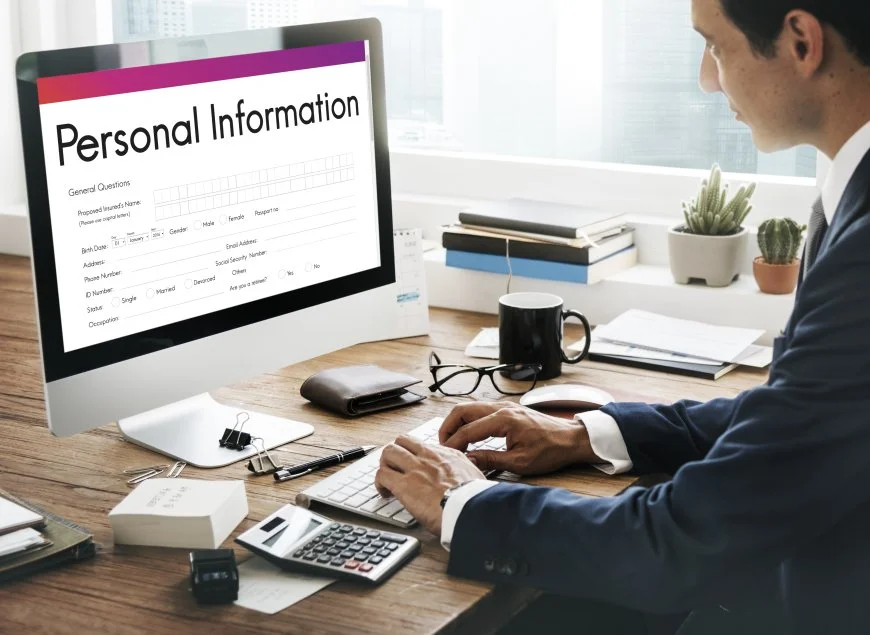Why Your Non-Profit’s Growth Is Stalling - And How a Salesforce Customer Portal Can Fix It
- CRMJetty

- Aug 29
- 3 min read

Your donor team is stuck in spreadsheets. Volunteers are onboarded manually, often over email. Stakeholders can’t access impact reports without calling your admin team. And while your Salesforce CRM holds everything-from donor records to event timelines-it’s locked behind internal-only access.
Sound familiar?
You’re not alone. Many growing non-profits face this exact roadblock: a solid CRM setup internally, but no streamlined way to extend that data securely to the external people who need it-donors, volunteers, board members, and partners. This friction isn’t just frustrating-it’s slowing your mission down.
Let’s break down why this happens-and how a Salesforce Customer Portal can unlock the next level of operational transparency, trust, and growth.
Manual Workarounds = Growth Bottlenecks
Non-profits operate under intense pressure: do more, serve more, prove more-while spending less. But ironically, the systems built to help (like Salesforce) often stay siloed to internal users. So even though the data exists, it never reaches your extended ecosystem efficiently.
Common signs your current setup is hitting its limit:
Volunteers are onboarded via Google Forms and emails, with no unified experience
Donors must call or email for receipts or updates
Event participants never see confirmations or schedules unless staff manually send them
Grant reports are compiled manually, delaying submissions and impacting compliance
Each of these friction points is time-consuming and damages trust and thins already thin teams.
What a Salesforce Customer Portal Actually Enables
Unlike a generic portal tool, a Salesforce-native customer portal acts as a secure, extensible layer over your existing CRM-built to deliver the same data, logic, and workflows to external users without exposing sensitive backend infrastructure.
For non-profits, that means:
Donors can view donation history, download receipts, update contact info
Volunteers can onboard themselves, see upcoming shifts, access training
Impact reports are available to grantors, as well as partners who can make requests to be updated with impact securely
Event attendees can register, track sessions, and receive automatic notifications
All of this is powered by your existing Salesforce data-meaning no duplicate work and no risk of versioning errors.
Why It’s a Game-Changer for Non-Profit Operations
Let’s walk through the real, tangible benefits of deploying a Salesforce Customer Portal in a mission-driven environment.
1. Donor Retention Through Transparency
Recurring donors need visibility and assurance. A portal lets them access their donation history, track fund impact, and manage preferences-without having to ask for help.
This engenders trust and decreases friction and boosts repeat giving.
“When donors can see where their money goes, they give again.”
2. Volunteer Onboarding and Management
Volunteers are essential-but managing them manually doesn’t scale. A Salesforce Portal allows you to onboard, train, and schedule volunteers based on their profiles-all without manual intervention.
It is also calendar system compatible, checklists, and progress tracking.
3. Grant and Compliance Reporting
If your staff spends days pulling data for reports, a portal can surface real-time dashboards for board members, grantors, or compliance officers. This helps you stay ahead of deadlines, and minimizes audit risks.
4. Multi-Stakeholder Support
Have chapters across regions? A multilingual Salesforce portal ensures stakeholders in Europe, the Gulf, or North America can engage with the same CRM data-presented in a role-appropriate, language-appropriate interface.
Implementation: What It Looks Like in Practice
You don’t need to rebuild your CRM or start over. A Salesforce Customer Portal from CRMJetty sits on top of your existing Salesforce Org-respecting your objects, logic, and automation rules.
Key Implementation Features:
Secure role-based access tied to Salesforce permission sets
Custom modules for events, donations, reports, and training
Multi-lingual UI to serve international stakeholders
Mobile-first layouts for on-the-go volunteers and donors
Audit-ready logs for compliance visibility
Common Objections (and How to Address Them)
“Our stakeholders aren’t tech-savvy.”
That’s precisely why a portal helps. They are not presented with confusing forms or email loops, but a user-friendly dashboard specific to them.
“We don’t have the budget for a portal.”
Consider the cost of manual hours, donor churn, and compliance risks. A portal turns one-time tech spend into recurring value.
“We’re not sure if it will integrate with our custom Salesforce setup.”
CRMJetty portals are built for high-complexity Salesforce environments. Whether you use standard NPSP or a heavily customized org, integration is part of the core value.
Your Mission Deserves Better Tools
Scaling a non-profit isn’t just about doing more-it’s about doing smarter. A Salesforce Customer Portal helps you focus on impact, not admin.
By giving your external stakeholders a secure, self-service experience, you extend the value of your CRM investment while freeing up your internal team to drive your mission forward.
You’ve already invested in Salesforce. Now it’s time to unlock its full potential-for everyone who believes in your cause.




Comments